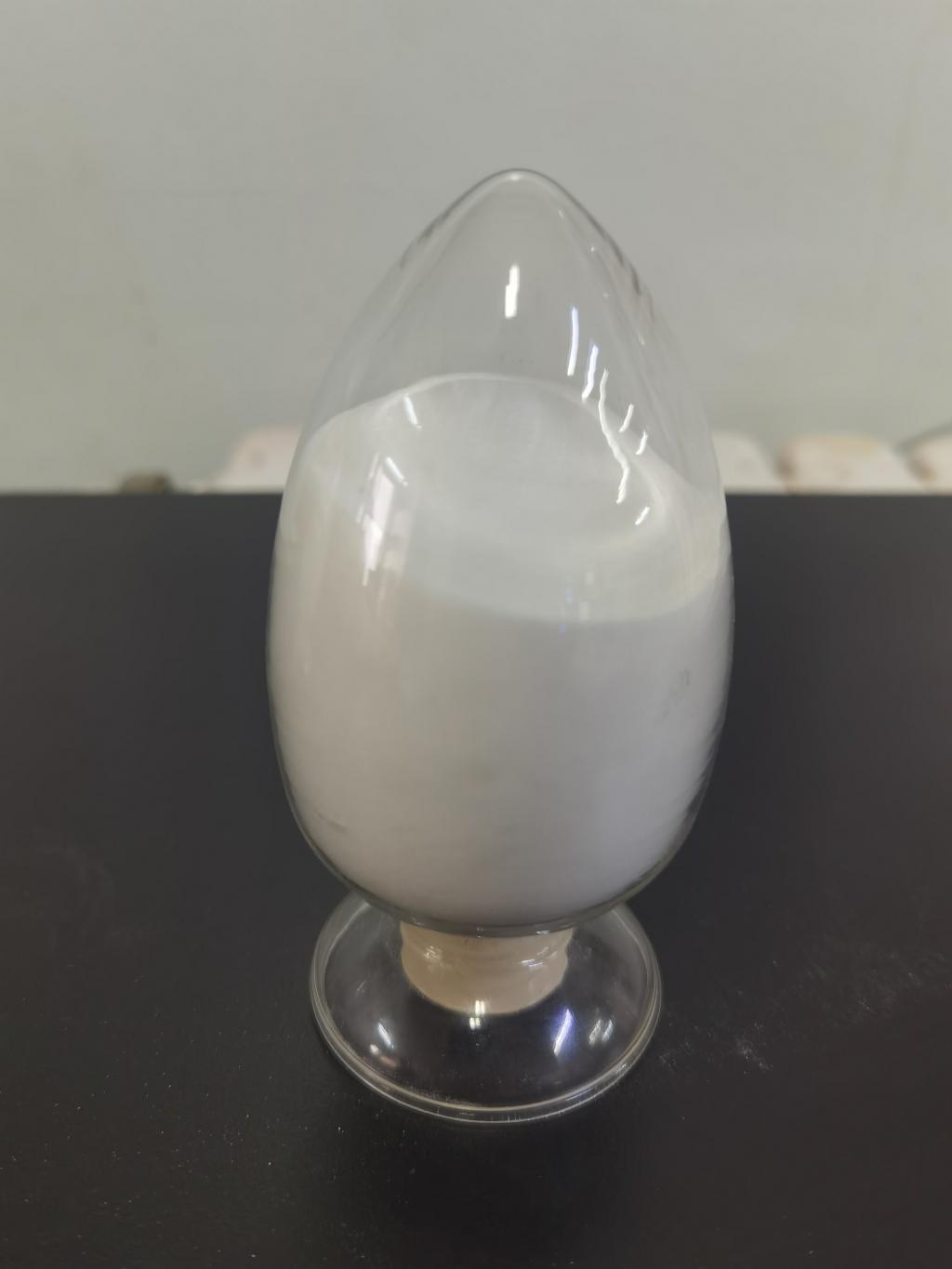Tel:+8618231198596

News
 CONTACT
CONTACT
 CONTACT
CONTACT
- Linkman:Linda Yao
- Tel: +8618231198596
- Email:linda.yao@dcpharma.cn
- Linkman:CHARLES.WANG
- Department:Overseas
- Tel: 0086 0311-85537378 0086 0311-85539701
News
Exploring ε-Polylysine Hydrochloride in Oral Care: A Natural Antimicrobial for Dental Health
TIME:2023-12-19
Introduction:
Oral care is a cornerstone of health, with dental issues contributing to broader health concerns. The search for effective and natural antimicrobial agents for oral care has led to the exploration of ε-polylysine hydrochloride. This article investigates the potential of ε-polylysine hydrochloride in maintaining oral health, from its mechanisms of action to its applications in various oral care formulations.
Oral Microbiome and Dental Health:
Understanding the oral microbiome is crucial for comprehending the challenges in oral health. The delicate balance of microorganisms in the mouth can be disrupted by harmful bacteria, leading to issues such as cavities, gingivitis, and periodontitis. Maintaining this balance is vital for preventing oral diseases.
ε-Polylysine Hydrochloride: Mechanisms of Action:
Explore the antimicrobial properties of ε-polylysine hydrochloride and its unique mechanisms of action. As a positively charged polymer, ε-polylysine hydrochloride interacts with bacterial cell membranes, disrupting their integrity and inhibiting microbial growth. This section provides insights into how ε-polylysine hydrochloride combats oral pathogens effectively.
Applications in Oral Care Formulations:
Discover the diverse applications of ε-polylysine hydrochloride in oral care products, including toothpaste, mouthwash, and dental floss. Its compatibility with other oral care ingredients and its stability in different formulations make it a versatile antimicrobial agent for product development.
Synergies with Traditional Oral Care Ingredients:
Examine how ε-polylysine hydrochloride can complement and enhance the effectiveness of traditional oral care ingredients such as fluoride, xylitol, and essential oils. The potential synergies between ε-polylysine hydrochloride and these components contribute to comprehensive oral care solutions.
Clinical Studies and Efficacy:
Evaluate the results of clinical studies investigating the efficacy of ε-polylysine hydrochloride in oral care. From plaque reduction to its impact on gingival health, scientific evidence supports the potential benefits of incorporating ε-polylysine hydrochloride into oral care regimens.
Considerations for Product Development:
Address considerations for formulators and product developers, including optimal concentrations of ε-polylysine hydrochloride, stability in various formulations, and potential interactions with other oral care ingredients. These insights guide the successful integration of ε-polylysine hydrochloride into oral care products.
Regulatory Landscape in Oral Care:
Navigating regulatory requirements is crucial when introducing new ingredients into oral care formulations. This section explores the regulatory landscape surrounding ε-polylysine hydrochloride in different regions and its approval status for oral care applications.
Consumer Acceptance and Perception:
Consumer acceptance is pivotal for the success of oral care products. Explore how ε-polylysine hydrochloride aligns with consumer preferences for natural ingredients and its potential to contribute to positive perceptions of oral care products.
Future Directions and Research Opportunities:
As the field of oral care continues to evolve, research opportunities abound. Investigate potential future directions, including further studies on ε-polylysine hydrochloride's long-term effects, exploration of additional oral care applications, and advancements in delivery systems.
Conclusion:
In conclusion, ε-polylysine hydrochloride emerges as a natural antimicrobial with significant potential in oral care. Its proven efficacy, compatibility with oral care formulations, and positive impact on the oral microbiome position it as a valuable ingredient for promoting dental health. As research advances and consumer preferences evolve, incorporating ε-polylysine hydrochloride into oral care products may contribute to innovative and effective solutions for maintaining optimal oral health.
- Tel:+8618231198596
- Whatsapp:18231198596
- Chat With Skype







